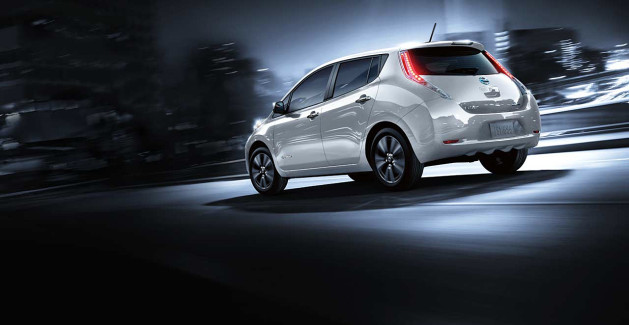
Imagine the money savings if you never had to fill up your gas tank again. This is one of the prime advantages of an electric vehicle. However, this great convenience comes with two major drawbacks: an inability to travel long distances and long charging times. Even though public stations refill your battery at a much quicker rate than those designed for private use, many people find installing electric vehicle chargers at home and plugging in overnight is more convenient. Although a majority of rechargeable car owners will charge at their homes, public charging stations can actually increase a car’s daily travel range by allowing drivers to power up during working hours. In order for fleet drivers and consumers to effectively charge in public, these facilities must be integrated and consider the typical driving habits of daily commuters.
To bolster the EV market, workplaces and public destinations will need to implement electric vehicle chargers. Recently, a proposal was filed in California to build 25,000 of these service areas across northern and central California. Residential customers would only pay 70 cents per month to cover the costs of this program from 2018 to 2022. If approved, this will certainly be the largest deployment in the country. California currently leads the market for plug-in cars, housing 6,000 stations. Charging times vary, depending on the type of battery, how much energy it holds, and how depleted it is. Charging time can range from 15 minutes to hours, all dependent upon these factors.
Currently, the U.S. Department of Energy is implementing programs and projects nationwide to deploy workplace and other infrastructure charging stations. They realize these should be located in areas of highly concentrated vehicles where the vehicles remain parked for long periods of time, such as parking garages, hotels, shopping centers, airports, and businesses. The potential to allow drivers to boost their batteries while at work could double their daily feasible commuting range. The downside to this option is that doing this during peak hours could increase electricity demand, leading to higher electricity bills for the facility managers.
For corporations electing to incorporate electrical vehicles into their fleet operations, consideration must be taken when planning for these. Driving routes and availability of off-site public charging stations are all factors to consider when deciding upon the amount, location, and types of electric vehicle chargers. These businesses can work together with city planners, installers, and utility companies to determine the best locations. Zoning, code enforcements, and local parking ordinances all play individual roles in promoting EV-readiness in our communities.
Until public charging is widely accepted, here are a few tips for getting around in your rechargeable vehicle.
– Before embarking on your route, utilize a free finding tool to locate networks along your way so you are fully prepared should you need to recharge.
– There are currently about 2,000 free stations across the country. You can locate these using location tools as well.
– Some services use the term “station” loosely, identifying an individual charger as a station. This location will only have the capacity to charge one car at a time. Ensure you are prepared to move on to the next locale in the event this single spot is taken.
To learn more about options for electric vehicle chargers, visit https://twitter.com/clippercreek.
Article Source: http://EzineArticles.com/?expert=Andrew_Stratton



